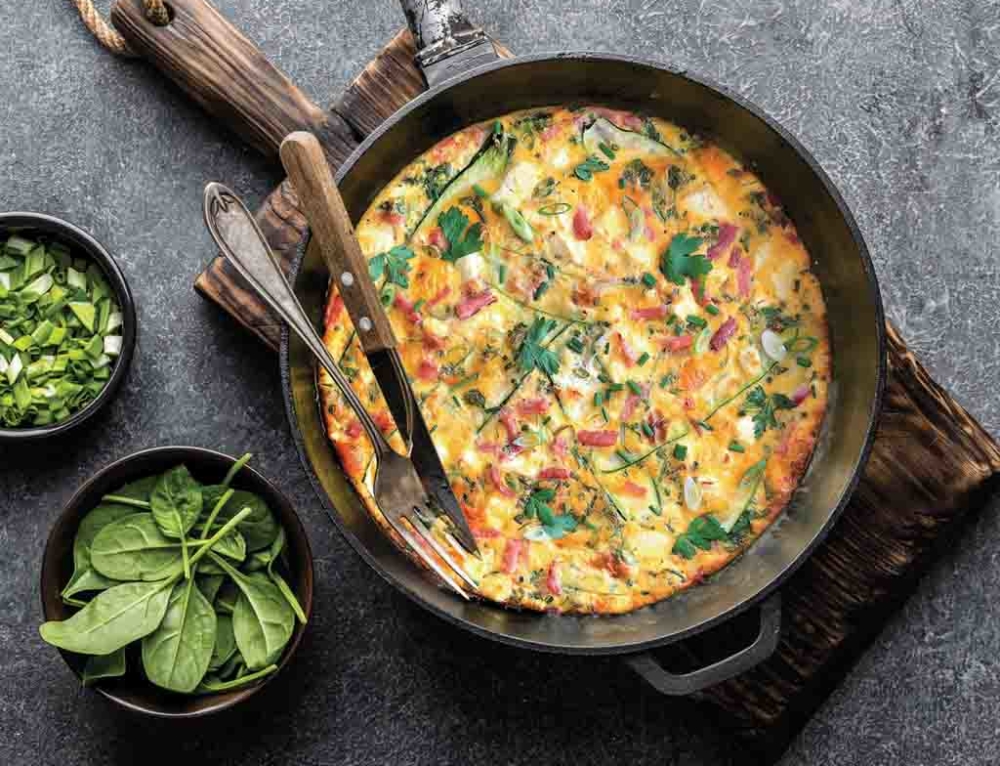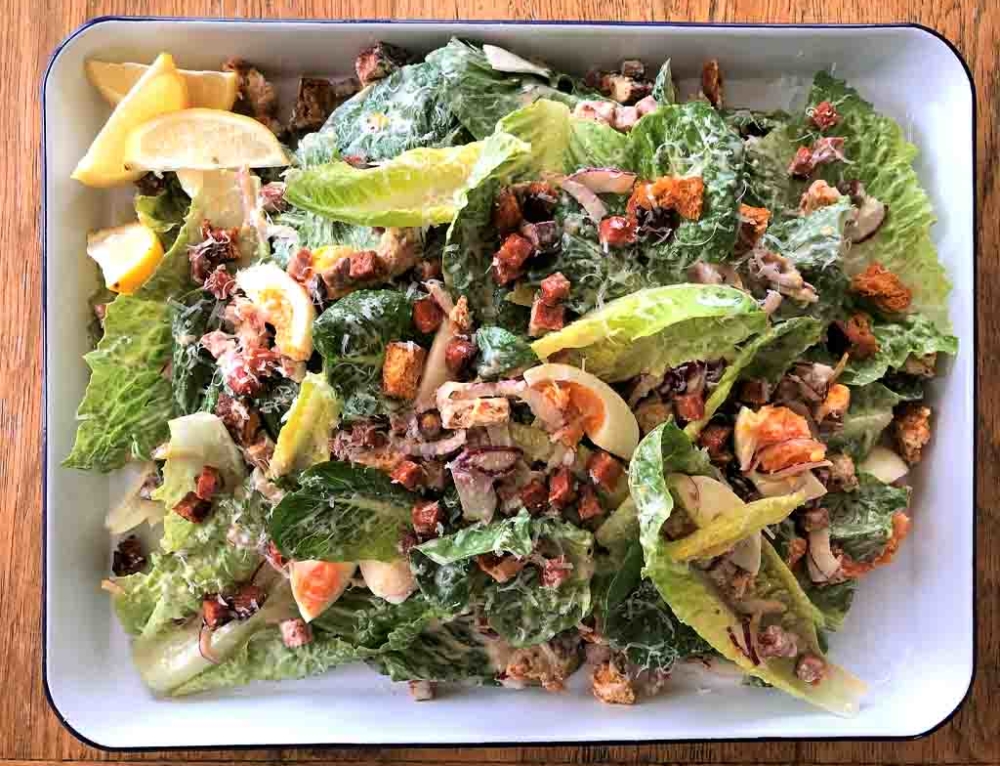Salt is one of the most common cooking ingredients and condiments, but what you may not know is that this little grainy punch of flavour is actually a complex chemical and comes in many different varieties. Here’s everything you should know about salt and the important role it plays in our diets.
What is salt?
What we call salt is a chemical compound called sodium chloride which is a crystalline combination of 40% sodium and 60% chlorine.
Salt is found in nature in seawater and becomes crystals when the water evaporates, leaving a white residue of sodium chloride. Rock salt occurs when the crust of sodium chloride is covered over with other sediments and then compressed over millions of years. Rock salt is mined from underground.
Types of salt
Table salt
Table salt is a fine-grained salt that has magnesium carbonate added to it. Magnesium carbonate is an anti-caking agent and will keep the salt free-flowing. Table salt is also available with iodine added to it. Table salt dissolves quickly in water which makes it an excellent choice for cooking and seasoning food at the table.
Iodised salt
Iodised table salt is table salt that has added iodine. The iodine is added primarily to increase our daily intake of this essential trace element. Iodine deficiency is responsible for some types of thyroid conditions (such as goiter), mental retardation, brain disorders, miscarriages, and in countries where iodine has been added to table salt, iodine-related disorders have all but disappeared.
Salt flakes
Salt flakes are produced from salt water – usually sea water that has been moved into salt ponds or lakes. Once the water has evaporated, a natural crust of flaky salt is left behind. Salt flakes have an intense flavour and can be easily broken down into salt grains.
Rock salt
Rock salt is mined from salt deposits underground and looks like large crystals. Because it is not refined, rock salt contains trace minerals which can alter the colour of the salt to a grey or blue.
Coloured salts
There is a variety of differently coloured sea salts depending on the trace minerals that occur naturally with the sodium chloride. The rather expensive French salt, sel gris, is grey due to the clay that lines the basin in which the sea water evaporates. Pink salt gets its colour from naturally occurring magnesium. Golden salt gets its honey-gold colour from iron.
Salt: The pros
Salt has been popular for centuries around the world for very good reasons:
- It is a flavour enhancer – not only does it bring out other flavours in food but it also reduces acidity and bitterness.
- Salt controls the way yeast works. Bread without salt will be bland and have a rougher texture than bread that includes salt.
- Salt balances the flavours of sweet foods as well as savoury.
- Salt will stabilise cream and egg whites when you beat them. A pinch of salt added before you beat them will increase their volume.
- Salt has no use-by date. Being a mineral, it will last forever.
- Salt is a terrific preservative and is used to preserve meat, fish, cheese and fruits and vegetables such as lemons and olives.
Salt: the cons
Though having salt in our diet is essential to our wellbeing, almost all developed countries consume much more salt than we need and this is having a negative impact on our health. Excessive consumption of salt can lead to:
- Nausea and vomiting
- Stomach cramps and bloating
- Osteoporosis
- High blood pressure (hypertension)
- Heart failure
How to eat salt
While we may be in the habit of sprinkling a little salt over our food, most of the salt we consume enters our body via processed and pre-packaged foods. The Heart Foundation recommends that Australians reduce their intake of salt to 6g a day – that’s the equivalent of 1½ teaspoons of salt.
When not to eat it
You should avoid eating salt if you have been given a diagnosis of any salt-related conditions such as high blood pressure. Look for no-salt or low-salt alternatives where you can and steer clear of processed foods which are always a large source of salt.
The alternatives to salt
While nothing can replace the saltiness of salt, potassium chloride is sold as a low-sodium alternative to table salt although it does have a bitterness in flavour.
If you are trying to stay away from salt in your diet, you can replace this condiment for others such as:
- Pepper
- Citrus zest
- Garlic
- Marinades
- Onion
- Herbs







Leave A Comment
You must be logged in to post a comment.